Given an undirected NetworkX Graph graph, I want to check if it is scale free.
To do this, as I understand, I need to find the degree k of each node, and the frequency of that degree P(k) within the entire network. This should represent a power law curve due to the relationship between the frequency of degrees and the degrees themselves.
Plotting my calculations for P(k) and k displays a power curve as expected, but when I double log it, a straight line is not plotted.
The following plots were obtained with a 1000 nodes.
Code as follows:
k = []
Pk = []
for node in list(graph.nodes()):
degree = graph.degree(nbunch=node)
try:
pos = k.index(degree)
except ValueError as e:
k.append(degree)
Pk.append(1)
else:
Pk[pos] += 1
# get a double log representation
for i in range(len(k)):
logk.append(math.log10(k[i]))
logPk.append(math.log10(Pk[i]))
order = np.argsort(logk)
logk_array = np.array(logk)[order]
logPk_array = np.array(logPk)[order]
plt.plot(logk_array, logPk_array, ".")
m, c = np.polyfit(logk_array, logPk_array, 1)
plt.plot(logk_array, m*logk_array + c, "-")
The m is supposed to represent the scaling coefficient, and if it's between 2 and 3 then the network ought to be scale free.
The graphs are obtained by calling the NetworkX's scale_free_graph method, and then using that as input for the Graph constructor.
Update
As per request from @Joel, below are the plots for 10000 nodes.
Additionally, the exact code that generates the graph is as follows:
graph = networkx.Graph(networkx.scale_free_graph(num_of_nodes))
As we can see, a significant amount of the values do seem to form a straight-line, but the network seems to have a strange tail in its double log form.



